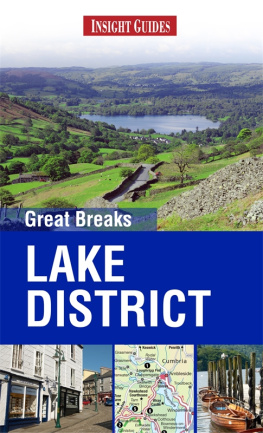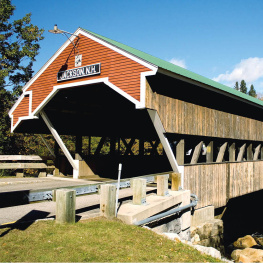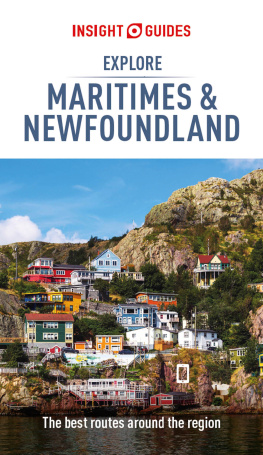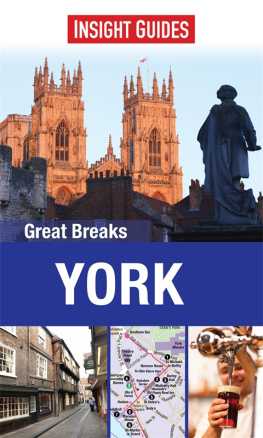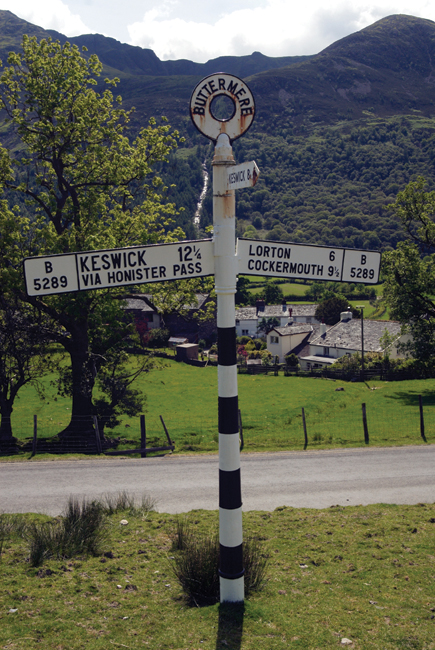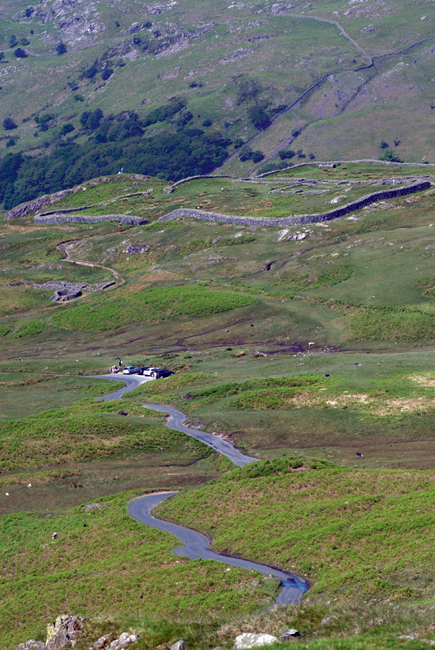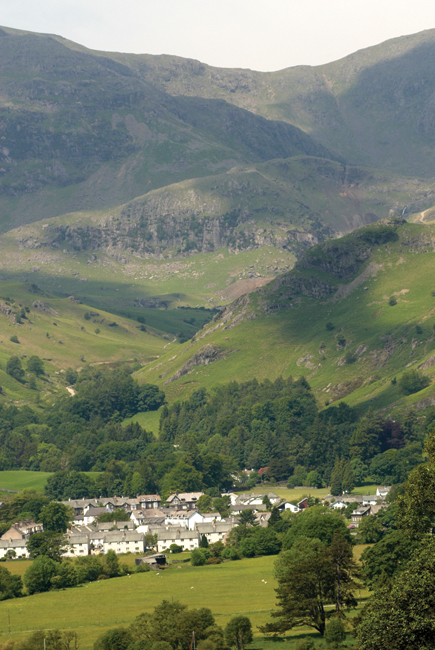How To Use This E-Book
Getting around the e-book
This Insight Great Breaks e-book is designed to give you inspiration and planning advice for your visit to The Lake District, whether you're on a relaxing weekend break or an active holiday. The guide begins with our selection of Top Attractions, and an Overview that paints the history, geography and character of The Lake District. The Tours give a complete guide to all the sights and areas worth visiting, with easy-to-follow maps and hand-picked places to eat, drink and shop en route. The Travel Tips are packed with information on active pursuits, themed holidays and transport, as well as specially selected accommodation to suit all tastes and budgets.
In the Table of Contents and throughout this e-book you will see hyperlinked references. Just tap a hyperlink once to skip to the section you would like to read. Practical information and listings are also hyperlinked, so as long as you have an external connection to the internet, you can tap a link to go directly to the website for more information.
Maps
All key attractions and sights in The Lake District are numbered and cross-referenced to high-quality tour maps. Wherever you see the reference , just tap this to go straight to the related map. You can also double-tap any map for a zoom view.
Images
Youll find lots of beautiful high-resolution images that capture the essence of The Lake District. Simply double-tap on an image to see it full-screen.
About Insight Guides
Insight Guides have more than 40 years experience of publishing high-quality, visual travel guides. We produce 400 full-colour titles, in both print and digital form, covering more than 200 destinations across the globe, in a variety of formats to meet your different needs.
Insight Guides are written by local authors who use their on-the-ground experience to provide the very latest information; their local expertise is evident in the extensive historical and cultural background features. All the reviews in Insight Guides are independent; we strive to maintain an impartial view. Our reviews are carefully selected to guide to you the best places to stay and eat, so you can be confident that when we say a restaurant or hotel is special, we really mean it.
Like all Insight Guides , this e-book contains many beautiful photographs to inspire and inform your travel. We commission most of our own photography, and we strive to capture the essence of a destination using original images that you wont find anywhere else.
2013 Apa Publications (UK) Ltd
Overview: An Extra-special Place
Well loved, well walked and wildly romantic, the Lake District is one of the best-known corners of Britain. Yet for all its fame, there is always something here to discover
The Lake District is among the most romantic places in the world indeed this is where the 18th-century Romantic Movement began. The high, green fells and rocky, sometimes snowy summits falling steeply into deep, still waters, have a dream-like, timeless quality. Whether driving or walking, visitors feel drawn into their wild embrace. Over every hill, round every bend, landscapes shift and turn, diving into narrow, stream-filled valleys, opening up into vistas.
Villages signposted from Buttermere.
Apa/William Shaw
These small mountains (only four of them more than 3,000ft/900m), are not hard to conquer, yet they can be wild and treacherous. And the normally tranquil lakes, some so deep nobody knows what lies on their fathomless beds, can cut up rough, too.
The bare slopes and summits are the result of the grazing of the Herdwick sheep. Fellsides and w hitewashed farms on rock ledges sit in fields closed off by dry-stone walls. Life is hard here: look at the old quarries and mines.
Red deer, red squirrels and ospreys make their homes here. Wild daffodils, stars of the most famous poem by the great Romantic poet, William Wordsworth, flourish in meadows and in the deciduous woods.
The Poet Laureate of the Lakes inspired the first tourists, and today tourism is paramount for the local economy. Yet however crowded it gets more than a quarter of a million visitors might arrive for a Bank Holiday you will still find peaceful areas.
LANDSCAPE
The Lake District National Park covers an area of 880 sq miles (2,279 sq km), all of it in the county of Cumbria, and is the largest national park in Britain. From Ennerdale in the west to Shap in the east, it stretches 40 miles (65km) wide. Shaped like a giant wheel, its ridges radiate from a hub of high mountains (fells, from the Norse), separating the valleys (dales) and a score of big lakes. From Great End, near the heart of the district, the view north extends over Solway Firth to the blue hills of Scotland. A distant blue-grey smudge in the east is the Pennines. To the west and south is Morecambe Bay.
Mediobogdum Roman Fort, Hardknott Pass.
Apa/William Shaw
Windermere, the largest lake, is more than 10 miles (16km) long but relatively narrow. Ullswater, the second in size, has its head among the high fells and its tail in the pastoral landscape around Pooley Bridge. In addition to the big lakes, there are numerous small mountain tarns scooped out by Ice-Age glaciers.
GEOLOGY
Skiddaw slates, the oldest visible rocks, form the friable northern fells, plus that isolated bulk of Black Combe in the southwest. They were laid down more than 500 million years ago in a shallow sea. Some 50 million years later, a volcano erupted to form the Borrowdale volcanics of Central Lakeland. The Silurian slates of the Southern Lakes, composed of shales, slates, grits and flags, are (like the Skiddaw group) metamorphic and sedimentary. A fourth major geological element forms a narrow band of Coniston limestone between the volcanics and the Silurian slates.
The appearance of the Lake District we see today was determined some 5060 million years ago, a period of great mountain building that also thrust up the Alps and the Himalayas. In Cumbria, an immense dome was created into which radial drainage patterns were cut. During the last Ice Age, which ended 10,000 years ago, ice sculpted the fells, and scoured and deepened river valleys into lakes.
Englands largest natural lake, Windermere is some 220ft (67m) deep.
Apa/William Shaw
The nestled town of Coniston.
Apa/William Shaw
CLIMATE
The changing climate is part of the high drama of the Lakes. Bad weather can close in fast, reducing visibility to a minimum, and hikers ignore bad weather warnings at their peril.

